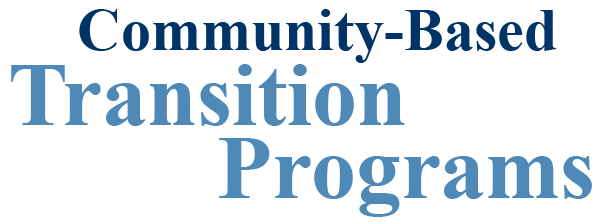Module Content
Resource Library
- Documenting Student Growth in Inclusive Dual Enrollment Experiences
- What Does a Dual Enrollment Schedule Look Like?
- Think College Preparing for College Innovation Exchange.
- Think College Resources on Dual Enrollment
- TIES Center Inclusive Instruction Resources
- EQUI Institute: Anti-Racist Organizing and Disability Justice
- Think College Grab and Go: Using Apps and Technology to Support Inclusive Dual Enrollment
- NTACT: The Collaborative Resource Mapping Toolkit
- Oceans of Resources Dream Sheet
- Person Centered Planning Resource Guide
- The Arc Future Planning 101
- Student-Led IEP
- STAR Services Person-Centered Planning
- Self Advocates: What is Person Centered Planning?
- Restorative Practices for Students at Risk
- I'm Determined
- The 411 on Disability Disclosure
- The 411 on Disability Disclosure: For Youth
- Self-Advocacy as a Pre-Employment Transition Service
- The Essentials of Self-Determination Module
- Self-Determined Learning Model of Instruction (SDLMI) Webinar
- Toolbox for Self-Determination
- Transition Guide - Self-Determination
- Self-Determination Student Checklist
- Youth Engagement
- Goal Plan
- NCWD for Youth: Tip Sheets
- Differences Between Secondary and Postsecondary Education
- Postsecondary Education & Training Preparation Toolkit
- I Want to Continue My Education web resources
- Inclusive Dual Enrollment Student Evaluation Tool
- Preparing Students with ID/D For College
- College Search
- Think College Learn: Module for Families
- Foundational Skills for College and Career Learning Plan
- Pre-Employment Transition Services
- Pre-ETS Mini Module
- Oregon Council on Developmental Disabilities
- Competitive Integrated Employment Toolkit
- Webinar: Fair Labor Standards Act
- Work-Based Learning for Students with High Support Needs
- Career One Stop
- State Vocational Rehabilitation Agencies
- Centers for Independent Living
- Independent Living Decision Assistance Form
- Independent Living Decision Assistance Form - Spanish
- Community Engagement and Independent Living
- Interagency Collaboration Module
- Supporting Life Skills Development
- Community-Based Activity Guide and Letter Templates
- Stop, Look, and Listen: Planning for Independence
- Community Life Engagement Toolkit
- Project 10: Independent Living Resources
- The Arc: Why does life in community matter to people with disabilities?
- Dream Sheet
- One-pager from I'm Determined
- I'm Determined Parent Path to Success Module
- Family Engagement Resources from NTACT:C
- Native American Resource Collection
- Best Practices in Outreach
- Coordination and Outreach to Parents and Representatives
- National Technical Assistance Center on Transition: The Collaborative (NTACT:C)
- Wisconsin Transition Improvement Grant website
- Iowa Department of Education guidance on their 4+ services
- Think College
- Centers for Independent Living Make Community Living Possible

